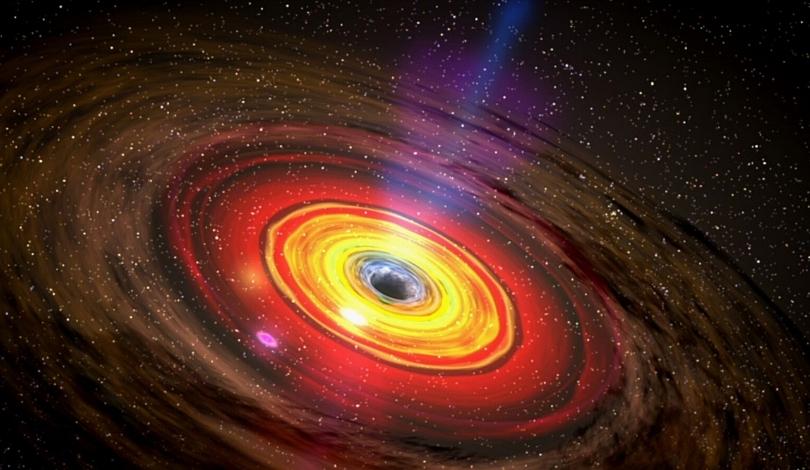Supermassive black holes (SMBHs) play a crucial role in shaping galaxies, yet many remain undetected due to obscuring gas and dust. Recent advancements in astronomical surveys have shed light on this hidden population, enhancing our understanding of their distribution across the universe. A new study utilizing infrared and X-ray data reveals that approximately one-third of SMBHs are concealed from our view.
Past research provided varying estimates of obscured supermassive black holes, but comprehensive data was lacking to confirm their exact prevalence. Earlier surveys primarily depended on hard X-ray observations, which struggled to detect heavily obscured active galactic nuclei (AGN). The current study leverages archival data and modern instruments to offer a more precise estimation of hidden SMBHs in the local universe.
How did the new survey identify hidden black holes?
The NuSTAR Local AGN NH Distribution Survey (NuLANDS) utilized data from multiple NASA telescopes, including the Infrared Astronomical Satellite (IRAS) and NuSTAR. By focusing on warm infrared colors, the survey pinpointed regions emitting infrared light from obscuring toruses of gas and dust around SMBHs. This method allowed researchers to identify hidden AGN that traditional X-ray surveys might miss.
What role did infrared and X-ray data play?
“It amazes me how useful IRAS and NuSTAR were for this project, especially despite IRAS being operational over 40 years ago,”
stated Peter G. Boorman, lead author of the study. The infrared data from IRAS provided the initial detection of thermal emissions from the dusty toruses, while NuSTAR’s high-energy X-ray observations confirmed the presence of obscured AGN by penetrating the dense gas and dust that block lower-energy emissions. This combination enabled a more accurate identification of hidden SMBHs.
What are the implications of finding hidden SMBHs?
“If we didn’t have a supermassive black hole in our Milky Way galaxy, there might be many more stars in the sky,”
explained Poshak Gandhi, co-author of the study. Discovering the proportion of concealed SMBHs enhances our understanding of galaxy formation and evolution. It suggests that a significant number of galaxies host SMBHs that influence their development by regulating star formation and distributing material through powerful jets and radiation.
The findings indicate that approximately 35% ± 9% of large galaxies harbor Compton-thick dust, effectively cloaking their central SMBHs. This substantial hidden population corroborates theories that SMBHs grow by accreting large amounts of material, which simultaneously obscures them from direct observation. Continued research in this area is essential to refine models of galaxy evolution and the role SMBHs play within it.
These results not only confirm the existence of numerous hidden SMBHs but also highlight the importance of utilizing multi-wavelength approaches in astronomical surveys. Combining infrared and X-ray data provides a more complete picture of the universe’s SMBH population, paving the way for future discoveries and a deeper comprehension of cosmic structures.
A comprehensive understanding of supermassive black holes is vital for unraveling the complexities of our universe. By identifying hidden SMBHs, astronomers can better map the distribution and influence of these enigmatic objects. This study represents a significant step forward, offering valuable insights that will inform future research and enhance our knowledge of cosmic phenomena.










